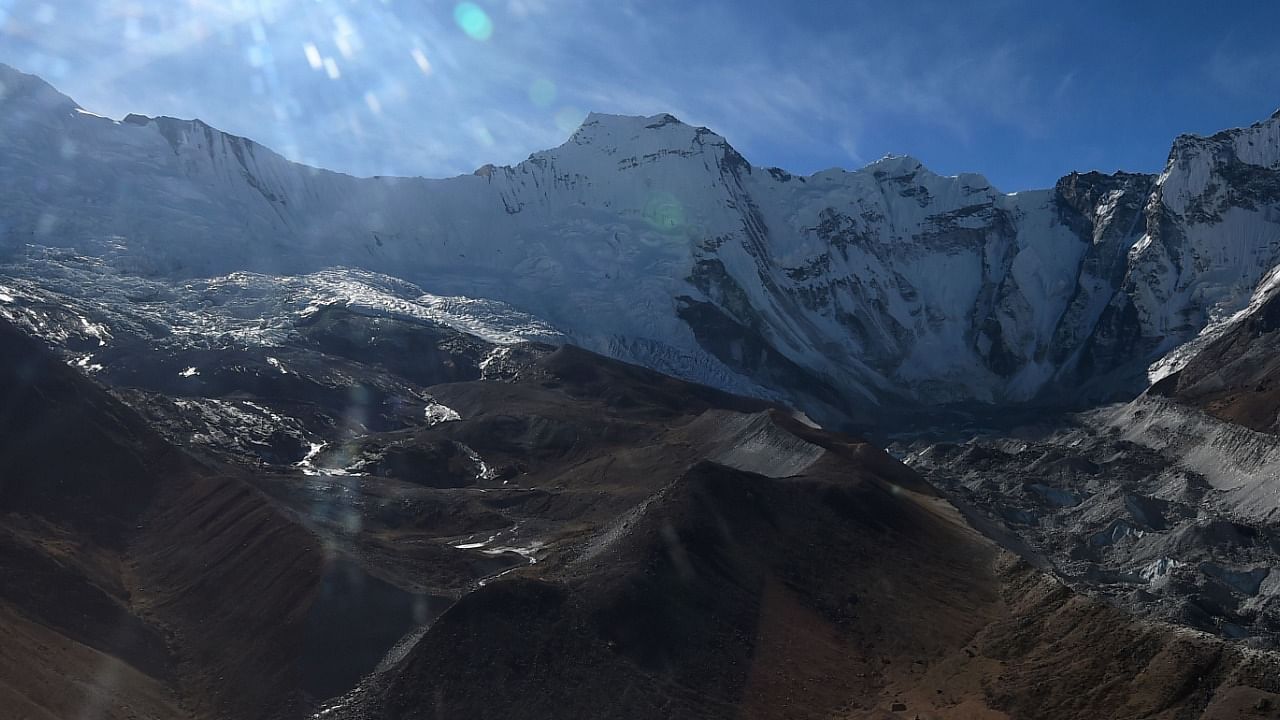
A Parliamentary Standing Committee on Water Resources has recommended a detailed study on the impact of atmospheric pollution, including black carbon, on the Himalayan glacier system.
“To assess the extent and scope of the adverse impact of atmospheric pollution, including black carbon, on the fragile and sensitive Himalayan glacier system, the Department of Water Resources in consultation with other ministries concerned should commission a research project for a comprehensive examination of this aspect and submit the research findings within a time-bound period,” the committee said in its report.
The committee, in its report on ‘Glacier Management and Monitoring’, called for an “urgent, coherent, and coordinated response to the evolving challenges posed by global warming and climate change”.
Very few studies have been conducted by different organisations and institutes in the country to assess the adverse effects of atmospheric pollution on the Himalayan glaciers.
“A study conducted by National Centre for Polar and Ocean Research and Space Physics Laboratory at their Himansh station in Lahaul-Spiti region has revealed that the total Suspended Particulate Matter (SPM) showed significant variations with the dominance of mineral dust components therein (~67%). It has also been stated that black carbon reportedly contributes (~4%) to near-surface composite aerosol mass concentrations and also absorbs more light and emits infrared radiation that increases the temperature. Hence, an increase in black carbon in the high the Himalayas is stated to contribute to the faster melting of glaciers,” said the report.
“Black carbon particles consist of nearly pure elemental carbon with some oxygen and hydrogen bound into a layered, hexagonal structure which corresponds to a somewhat disordered graphitic crystal structure. Black carbon is formed by the incomplete combustion of fossil fuels, wood and other fuels,” said the report.
The committee suggested setting up a single nodal agency for bringing out synergies among various government departments involved in glaciological research and monitoring works.
